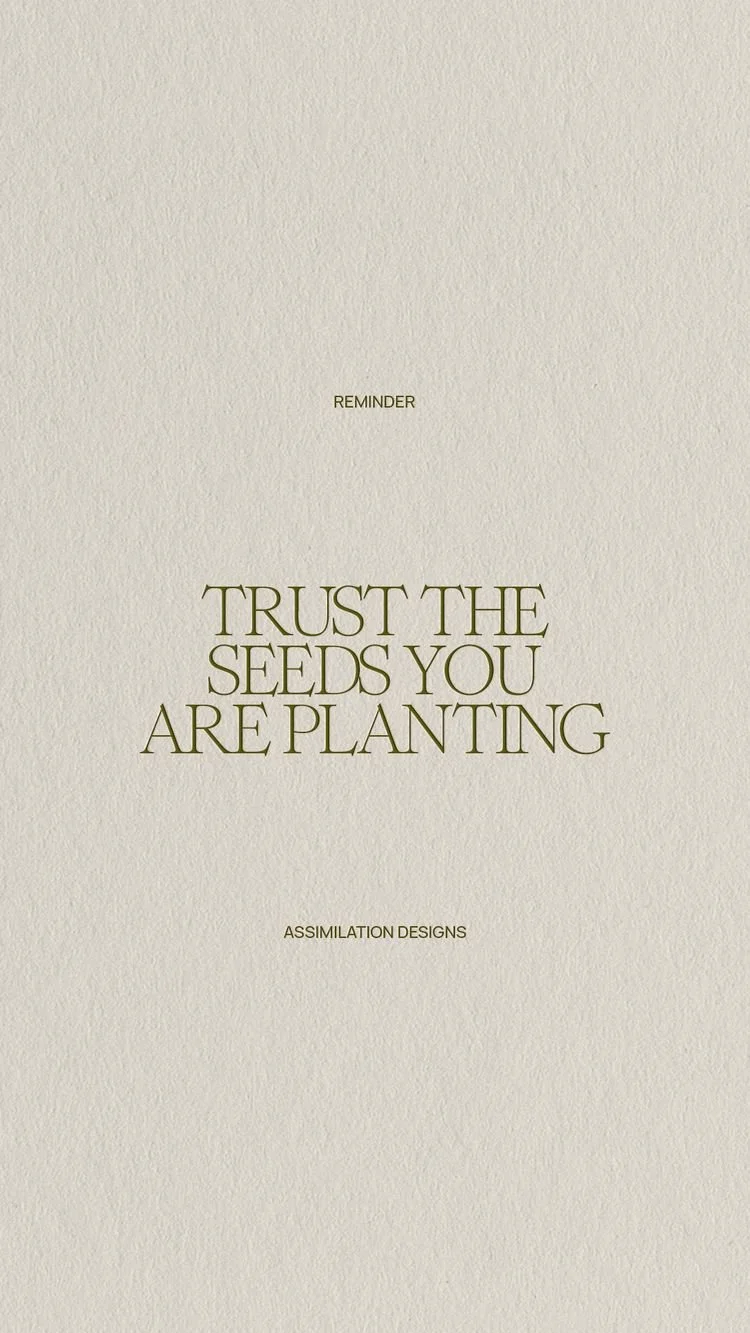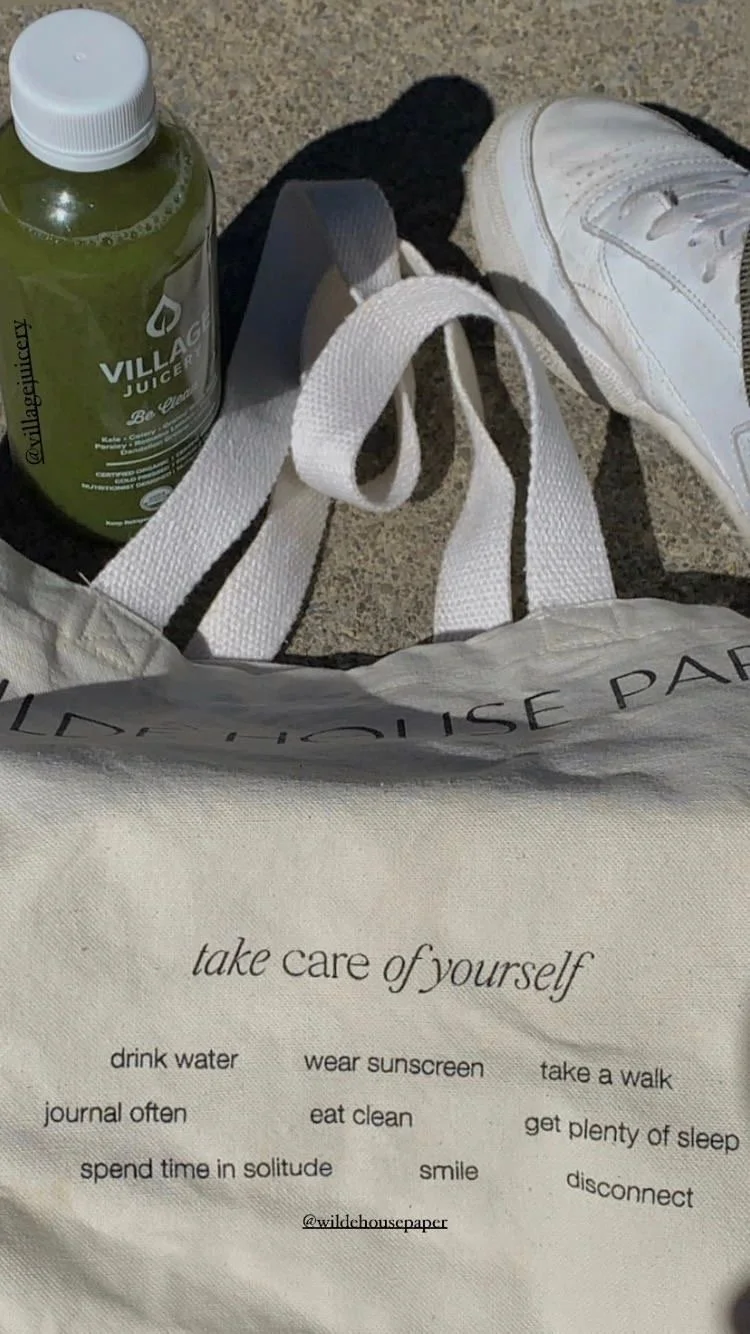In the ever-evolving digital landscape, the intersection of e-commerce and women's fashion is a vibrant testament to innovation and adaptability. The transition from traditional brick-and-mortar stores to online shopping platforms has not only transformed how we access and purchase fashion but also revolutionized the expectations around it.
With advancements in technology, a growing emphasis on sustainability, and the desire for personalized shopping experiences, the landscape of women's fashion e-commerce is experiencing a dynamic shift. As we delve into this exciting journey, we uncover the trends that are not only shaping consumer behavior but also setting new benchmarks for online retailers.
This article aims to navigate the future of online shopping—highlighting how these emerging trends are paving the way for a more interactive, eco-conscious, and customized approach to women's fashion. Through this lens, we invite you to explore the innovative trends that promise to redefine the essence of style and shopping in the digital age.
No. 1
The Rise of Virtual Fitting Rooms
One of the most exciting developments in women's fashion e-commerce is the advent of virtual fitting rooms. These digital innovations allow shoppers to try on clothes virtually, using augmented reality (AR) to superimpose clothing items onto their digital avatars. This technology addresses one of the biggest challenges of online shopping—uncertainty regarding fit and appearance—making it a lucrative advancement for the industry.
No. 2
Spotlight on High-End Fashion
As consumers increasingly turn to online shopping for their high-end fashion needs, retailers like Charles Vermont are leading the way in offering an exemplary online shopping experience. With a keen eye for quality and detail, Charles Vermont high end women's clothing showcases how luxury brands can thrive in the digital marketplace, blending impeccable style with the convenience of online shopping. Their approach underscores the importance of brand prestige and customer trust in the competitive online fashion sector.
No. 3
Sustainability Takes Center Stage
Sustainability is becoming a non-negotiable aspect of fashion e-commerce, with consumers demanding more eco-friendly practices from their favorite brands. This trend is driving the growth of sustainable fashion, where eco-conscious materials, ethical production processes, and circular fashion models are becoming the norm. Online retailers are responding by highlighting their sustainability credentials, from sourcing to packaging, appealing to the environmentally aware shopper.
No. 4
The Personalization Revolution
AI and machine learning are enabling unprecedented levels of personalization in women's fashion e-commerce. Online retailers are now able to offer personalized shopping experiences, product recommendations, and styling advice based on the individual customer's preferences, browsing behavior, and purchase history. This trend is enhancing customer satisfaction, loyalty, and ultimately, sales.
No. 5
Influencer Collaborations and Social Commerce
Social media platforms have evolved into powerful e-commerce channels, thanks in part to influencer collaborations. These partnerships are incredibly effective in women's fashion, where influencers' endorsements can significantly impact purchasing decisions. Furthermore, social commerce features allow consumers to purchase directly through social media, making it a seamless journey from discovery to checkout.
No. 6
Seamless Omnichannel Experiences
The boundary between online and offline shopping is becoming increasingly blurred. Consumers expect a seamless omnichannel experience, where their journey can fluidly transition from social media to e-commerce websites, and into physical stores without any friction. Retailers are leveraging technology to create cohesive brand experiences across all platforms, ensuring that consumers receive personalized and consistent service no matter how they choose to shop.
No. 7
Interactive and Immersive Shopping
E-commerce is becoming more interactive and immersive, with technologies like 3D imaging and augmented reality (AR) allowing customers to view products in a more lifelike manner. These advancements enable shoppers to better visualize how a product would look in real life or their own space, making the online shopping experience richer and reducing the likelihood of returns.
No. 8
Data Security and Privacy
As e-commerce continues to grow, so does the importance of data security and privacy. Consumers are becoming more aware of their digital footprint and are expecting transparent and secure shopping environments. Retailers must prioritize protecting customer data and building trust through robust security measures and clear communication about how customer information is used and protected.
No. 9
Fast and Eco-Friendly Shipping Options
Fast shipping is no longer enough; eco-friendly delivery options are becoming a competitive edge for online retailers. Consumers are looking for brands that align with their values, including reducing environmental impact. Offering carbon-neutral shipping, sustainable packaging, and efficient logistics are trends gaining traction among eco-conscious shoppers.
By leveraging Shopify's customer retention tools, business owners create a seamless and rewarding shopping experience that encourages loyalty and boosts customer lifetime value.
No. 10
After-Sale Services and Community Building
Post-purchase experiences are increasingly significant in retaining customers. Exceptional after-sale services are essential, including email marketing automation, easy returns, online customer support, and loyalty programs. Additionally, brands are building online communities where customers can engage, share experiences, and connect over shared interests, further enhancing brand loyalty.
No. 11
The Growth of Niche Markets
The future of women's fashion e-commerce also lies in the growth of niche markets. Online platforms allow for the flourishing of specialized brands that cater to specific styles, sizes, and communities, offering diversity and choice that was previously unavailable in traditional retail settings.
No. 12
Leveraging Analytics for Enhanced Customer Insights
Finally, utilizing analytics in e-commerce enables brands to gain deep insights into customer behavior, preferences, and trends. This data-driven approach allows for more accurate inventory management, targeted marketing strategies, and improved product development, ensuring that brands stay ahead in a competitive market.
Takeaways
The future of women's fashion e-commerce is bright, marked by continuous innovation, heightened consumer expectations, and an ever-expanding digital landscape. As we move forward, the success of online retailers will depend on their ability to adapt to these trends, embrace new technologies, and maintain a strong connection with their customers.
From the seamless integration of high-end fashion experiences, as seen with Charles Vermont's high-end women's clothing, to the implementation of sustainable practices and advanced security measures, each trend offers a pathway to a more engaging, personalized, and conscientious shopping experience.
As we navigate this future, one thing is clear: the world of women's fashion e-commerce is evolving in exciting ways, promising new opportunities for retailers and consumers alike.
THE LIST
Business
✔️
Shopify
At Hello Lovely Living, we understand the importance of building strong relationships with customers. One key aspect of nurturing these connections is through effective customer retention strategies.
With Shopify's user-friendly online tools, businesses can easily engage with customers, offer personalized recommendations, and create seamless shopping experiences. Utilizing the most up-to-date features such as automated email campaigns, targeted promotions based on purchase history, and tailored product suggestions, businesses can provide value to their audiences while keeping them engaged and coming back for more.
Shopify empowers businesses to analyze customer data, track behaviors, and customize interactions to meet individual needs effectively. This personalized approach enhances the overall shopping experience and fosters a sense of connection and loyalty within a community.
By leveraging Shopify's innovative tools, businesses can continue cultivating meaningful relationships with customers.
✔️
Start for free, then get your first month for $1















































































































